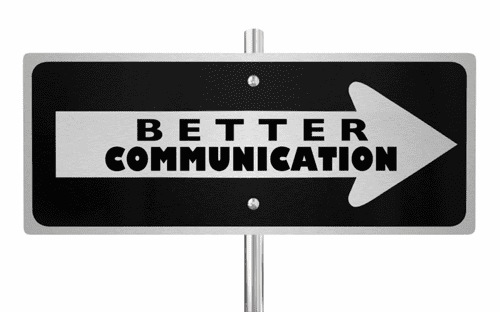- Need Any Help: +1 647-760-5505 or
- info@trubicars.ca

Defensive Driving skills are skills that allow you to be prepared to defend yourself against possible collisions. As a driver, you are responsible for how you handle your vehicle. You should never make assumptions about what other road users are going to do, or whether they are following the rules of the road or not. Here at Trubicars, we have selected 5 Defensive Driving Tips that will help you improve your defensive driving skills.

A driver’s attitude can make a difference between driving safely on the road and driving dangerously. Having a positive attitude while driving can lead drivers to realize the dangers that may be ahead of them and respond accordingly.

Visibility is essential when it comes to driving. When you are driving you need to be able to see the road and everything around it. As a driver, you should always be cognizant of your blind spots, especially around larger vehicles, trucks, and areas with low visibility. Weather conditions can affect your visibility as a driver, in snowy conditions, it’s important to clear off any snow and ice so that your windshields, outside mirrors, license plate, your headlights, and taillights are visible to others and so that you can see the road better. In rainy or foggy conditions, be sure that you have properly working windshield wipers and use the appropriate light settings.

Drivers should always be aware of the space around them while they are driving. This is especially important when it comes to cyclists (as they might swerve to avoid any debris or holes in the road) and pedestrians (if where they are walking does not have a sidewalk). Another important aspect to consider regarding space is the space between your vehicle and the one in front of you. This is known as tailgating. Impatient or inattentive drivers may drive too closely to the car in front of them rather than leaving enough space. This is dangerous and in the event of a collision, you may end up rear-ending the car in front of you. In clear driving conditions to avoid tailgating, use the 3-second rule! Leave at least 3 seconds between you and the car in front of you. However, in poor driving conditions, make sure to increase this distance.

When we talk about communication, we don’t mean the communication methods used for texting or phone calls (you should never use your phone while you are driving! This is illegal). We mean communicating with other road users. This type of communication involves correctly using your indicators, hazard lights, eye contact, waves, and nods. An example of this might be seen at a 4 way stop sign-controlled intersection. If you and another driver stopped at the same time and aren’t sure of precedence, you might wave the other driver through letting them know that they can go before you do. Or vice versa, another driver might wave to you letting you know that you can go through the intersection first. Always be mindful that you are communicating with other road users in a positive manner. While there might be instances where you’re angry at how another driver is driving unsafe, never flash your lights, flip them the middle finger or display other angry signals to them. This may cause them to become distracted.

When operating a motorized vehicle, your attention must remain on the road. People mostly think of electronic device usage when it comes to distracted driving and while this is often a leading cause of distracted driving, distracted driving also includes Visual, Physical, and Cognitive distractions.
⦁ Visual- includes anything that takes your eyes off the road.
⦁ Physical- includes anything that takes your hands off the steering wheel.
⦁ Cognitive- includes being lost in your thoughts or engaging in deep conversations.
Distracted driving is a serious offense and has serious consequences. By engaging in distracted driving, you could potentially injure yourself, injure others, and even cause damage to nearby surroundings.
Driving while you’re fatigued can also play a role in your attention as it can significantly dimmish your ability to focus on the road. It’s important that you never get behind the wheel while you are fatigued as your reaction time is slower, your decision-making abilities are altered, your depth perception is thrown off and you can become sensitive to bright lights.
By considering the 5 Defensive Driving Tips, you can reduce the chances of an accident, give yourself some peace of mind and practice effective defensive driving techniques. At Trubicars we emphasize to our students that driving is a big responsibility, and it is your duty as an operator of a motorized vehicle to ensure that you, your passengers, and other road users are safe. If you are looking for more information on Defensive Driving, check out the Trubicars, website!

 February 13, 2024 by
February 13, 2024 by Reema Sharma
Reema Sharma
 January 17, 2024 by
January 17, 2024 by Trubicars
Trubicars
 January 17, 2024 by
January 17, 2024 by Trubicars
Trubicars
Once you acquire the knowledge provided in
those tests, you are ready to pass the test,
for the first time.
